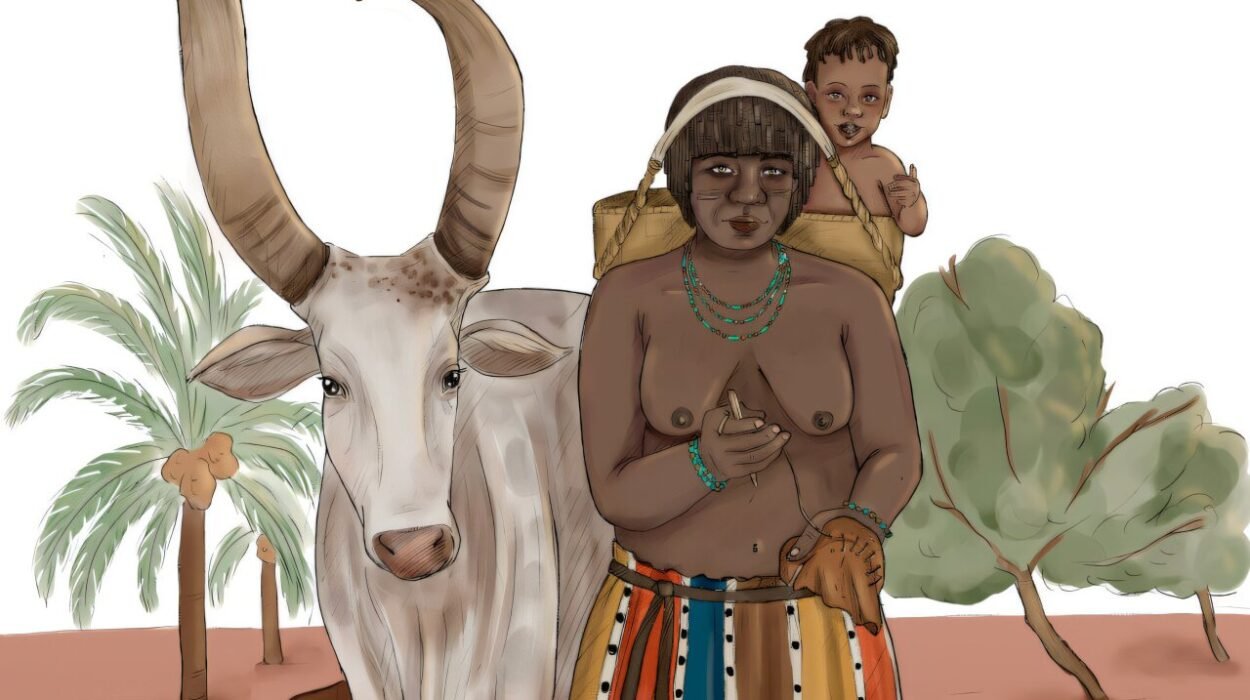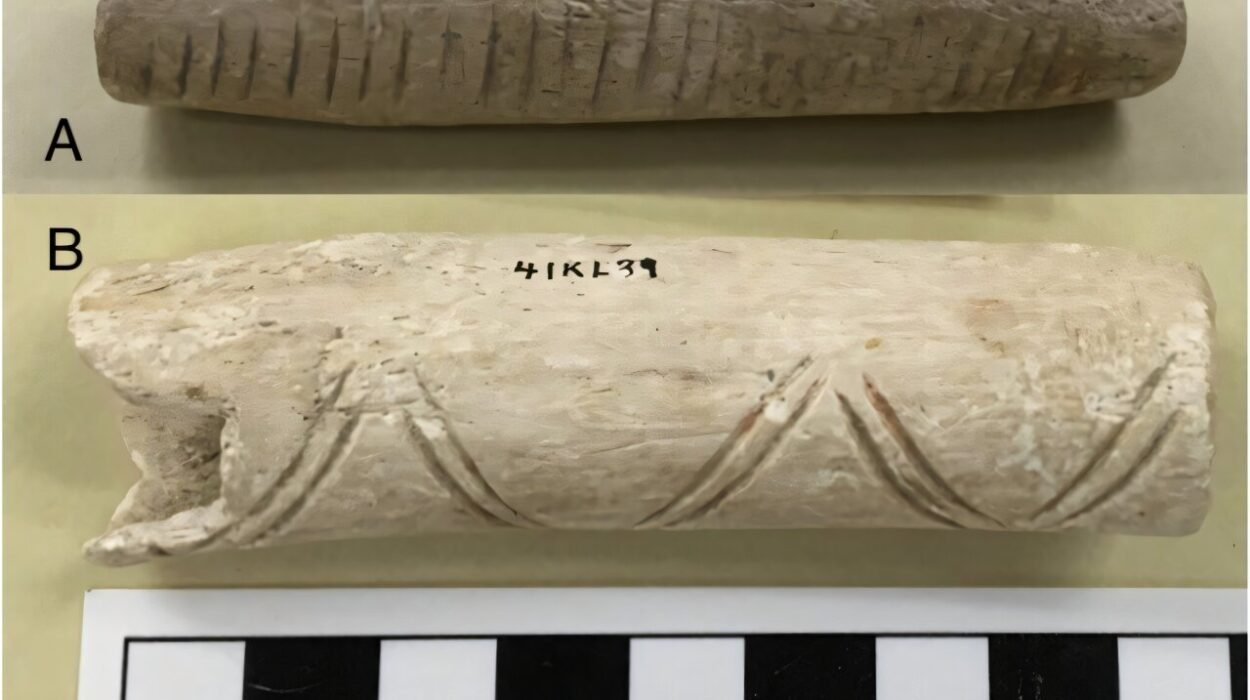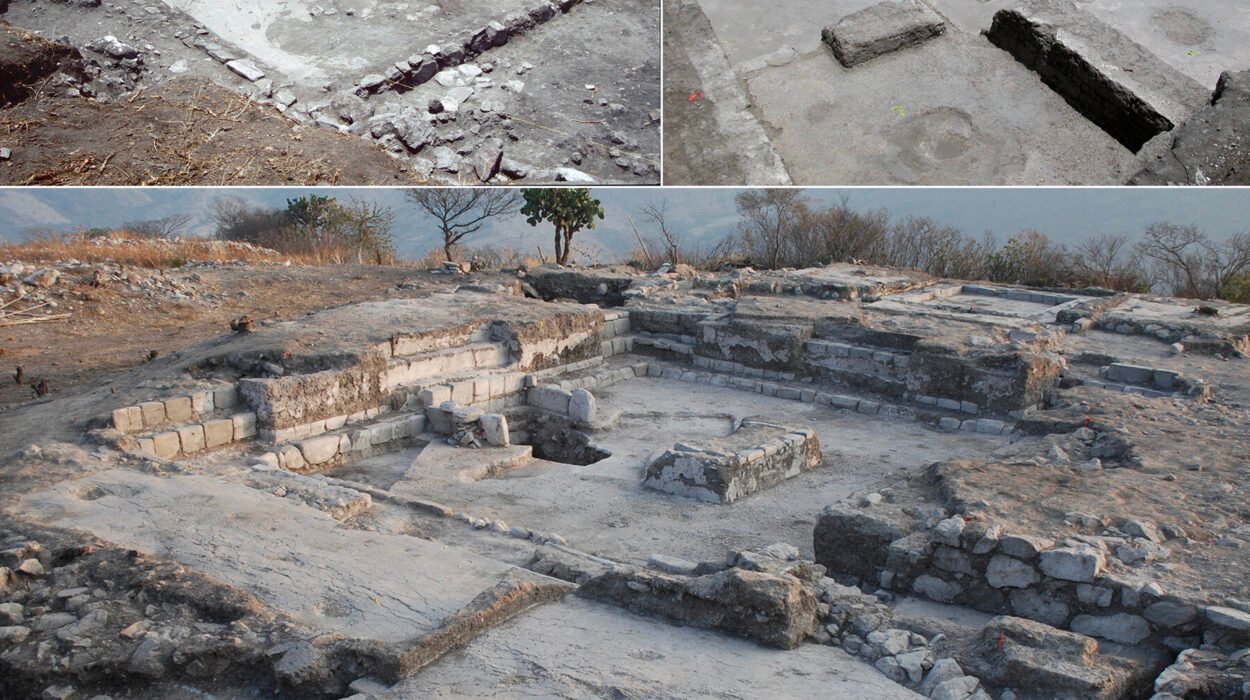In a fascinating new study, researchers at the University of Tsukuba have taken a deep dive into the question of how humans became such profoundly cooperative creatures—and their answers might reshape the way we understand our own evolutionary history. Drawing on the mathematical elegance of evolutionary game theory and powered by the analytical might of multiagent simulations, the study reveals that intensified environmental variability (EV)—that is, the unpredictable swings in climate and resources—may have played a critical role in the development of cooperation among early human societies.
Published in PLOS Complex Systems, the research doesn’t just stop at modeling cooperation; it touches a nerve at the core of one of the biggest puzzles in paleoanthropology: What drove the explosion of cognitive and social complexity in humans during the Middle Stone Age (MSA), particularly in Africa? For decades, scientists have speculated about this period—a critical chapter in human evolution that saw the rise of symbolic behavior, complex tools, and expanded social networks. The prevailing theory, known as the variability selection hypothesis (VSH), argues that dramatic environmental fluctuations during this era pushed early humans to evolve more adaptable, cognitively sophisticated brains. But while the VSH has traditionally been viewed through the lens of individual cognition—focusing on how tough conditions forced smarter thinking—this new study adds a bold twist: what if those same environmental shifts also catalyzed the rise of social cooperation?
To test this possibility, the researchers turned to simulation. Rather than relying solely on fossils, archaeological digs, or genetic analyses, they constructed virtual populations governed by the rules of evolutionary game theory. In these simulations, agents—virtual stand-ins for early human groups—interacted, made decisions, competed for resources, and either cooperated or defected depending on the circumstances. The brilliance of this approach lies in its ability to abstract the messiness of the real world into a system where fundamental evolutionary dynamics can be observed with mathematical clarity.
The researchers designed two distinct environmental variability models: a regional variability model and a universal variability model. These models reflect different kinds of environmental pressures. In the regional model, conditions vary across different geographic areas—some regions might be flush with resources, others barren. In the universal model, all regions face the same environmental conditions at any given time.
Here’s where it gets really interesting. The simulations showed that when environmental variability occurred regionally, it created new windows of opportunity for cooperative behavior. In areas where resources were scarce, groups that worked together had a survival advantage. Cooperation allowed them to pool efforts, share information, and buffer each other against the harsh unpredictability of their environments. In short, regional unpredictability created selection pressures that favored social bonds. Over time, cooperation didn’t just survive—it flourished.
In contrast, the universal variability model told a different story. When all groups were subjected to the same environmental stress simultaneously, the incentives to cooperate weakened. Since no group had a relative advantage and all were equally pressed for resources, cooperative strategies offered little additional benefit over selfish ones. In these scenarios, the evolution of sociality stalled.
This finding adds a remarkable new dimension to the VSH. It suggests that environmental challenges did more than shape individual brains—they sculpted social networks. And it reinforces a powerful idea: that evolution doesn’t just operate on isolated individuals but on entire social ecologies. In the volatile, fragmented landscapes of Pleistocene Africa, it may have been regional differences—rather than global crises—that drove the innovation of communal behavior, empathy, mutual aid, and ultimately, the complex societies we know today.
These insights could ripple far beyond the domain of evolutionary anthropology. In a world increasingly defined by large-scale environmental crises—climate change, pandemics, economic collapses—the study offers a sobering but hopeful message. Environmental variability doesn’t only tear societies apart; it can also draw people together. The dynamics that pushed our ancestors toward cooperation may still be alive today, waiting to be activated under the right conditions.
The research also poses intriguing questions for archaeology. Could signs of cooperative behavior—such as shared tools, communal hearths, or coordinated hunting—be more prevalent in regions that experienced localized environmental instability during the MSA? Could we refine our archaeological lens to look not just for signs of intelligence but for signals of social collaboration, particularly in areas where resources may have been patchy and unreliable?
Moreover, the study hints at a more nuanced understanding of the interplay between environment and social behavior. Cooperation is often framed as a moral or cultural choice, but this research reframes it as an evolutionary strategy—a trait selected for because it offered tangible advantages in survival. It’s not that our ancestors were “nicer” under pressure. Rather, working together simply worked better when nature turned cruel.
This revelation is especially relevant when we consider the timeline of human evolution. The Middle Stone Age, spanning roughly 300,000 to 30,000 years ago, was a period of enormous environmental flux. Glacial and interglacial periods shifted ecosystems dramatically. Rainforests turned into savannahs, lakes dried up, and coastlines moved. In this kaleidoscope of change, the pressure was on for humans to innovate, adapt, and, as this study shows, cooperate.
By expanding the variability selection hypothesis to include the evolution of sociality, the University of Tsukuba researchers have opened a rich new vein of inquiry. Their models do not claim to replicate every nuance of ancient life, but they offer a powerful proof-of-concept: that cooperation, like intelligence, may have been forged in the crucible of chaos. And that the bonds we form with others may be as much a part of our evolutionary heritage as our ability to solve problems or fashion tools.
In the end, this study bridges the gap between two major themes in human evolution: the development of intelligence and the rise of society. It reminds us that intelligence isn’t just about problem-solving—it’s also about social navigation. And that our ability to build alliances, empathize with others, and collaborate across distances may be one of the most deeply rooted traits in our species.
As we look forward into a future of increasing ecological and social complexity, perhaps this research gives us reason to hope. If environmental variability helped make us more cooperative once before, perhaps it can again. The evolutionary engine that transformed survival into solidarity in our ancient past may still have lessons to teach us in our turbulent present.
More information: Masaaki Inaba et al, Environmental variability promotes the evolution of cooperation among geographically dispersed groups on dynamic networks, PLOS Complex Systems (2025). DOI: 10.1371/journal.pcsy.0000038






